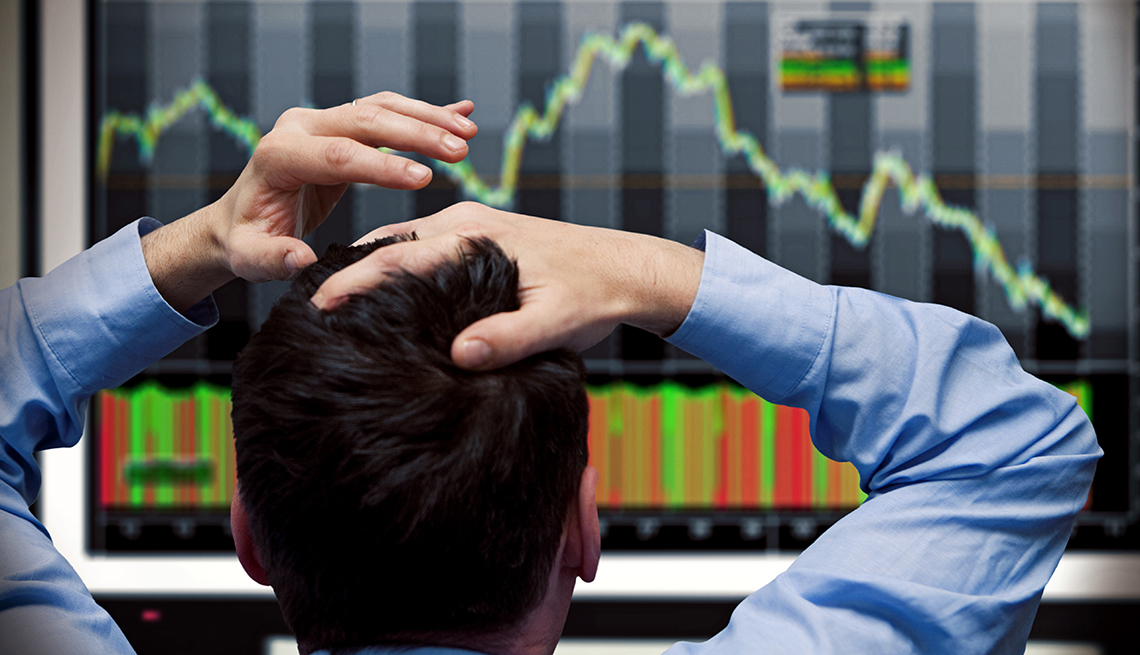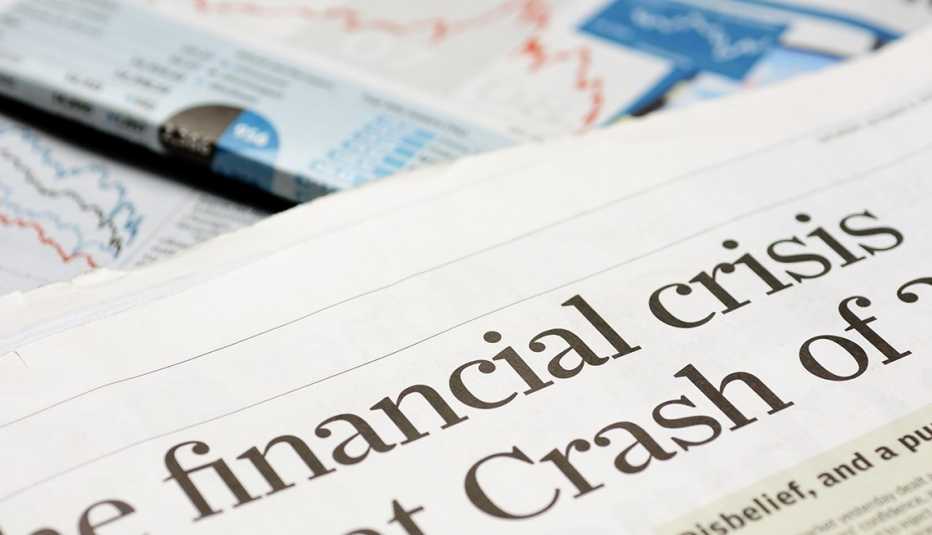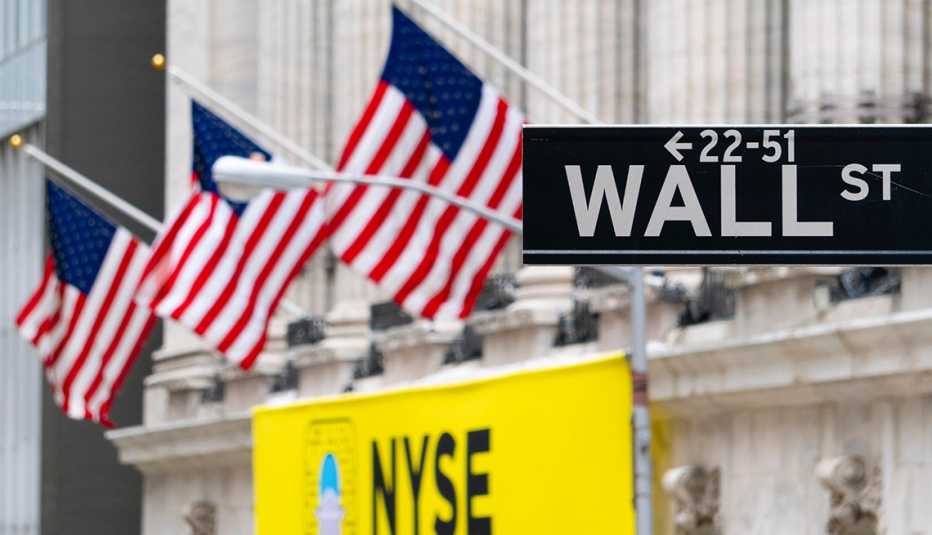Staying Fit
It’s simply not possible to time the market perfectly, so pick an allocation you can live with.
On Saturday, March 9, the stock market bull celebrated its 10th birthday. To illustrate its impact, $10,000 invested in a low-cost stock index fund 10 years ago would be worth $51,090 as of March 7, 2019. That’s a 411 percent return or 17.7 percent annually.


AARP Membership— $12 for your first year when you sign up for Automatic Renewal
Get instant access to members-only products and hundreds of discounts, a free second membership, and a subscription to AARP the Magazine.
But investing a decade ago wasn’t nearly as easy as it is today. The same total stock market fund had lost over 55 percent of its value over 17 months. In early 2009, the rampant fear was being stoked by the unraveling of long-established corporations and financial institutions. General Motors was flirting with bankruptcy, while two Wall Street bastions, Lehman Brothers and Bear Stearns, went extinct. The government enacted the Troubled Asset Relief Program (TARP) to head off other financial institution failures. Many said it signaled a new paradigm for investing. Warren Buffett opined that the economy had fallen off a cliff.
It was a brutal time to invest, even for the professionals. Financial advisers scaled back their clients’ heavy stock positions 17 months earlier and turned to cash, timing the market poorly. Suddenly, those risk profile questionnaires some of us took that indicated we could handle risk were dead wrong.
Despite studying and teaching markets and human investing behavior for years, I was not immune to the instinct to bail. In fact, I was in contact with some of the world’s experts on behavioral economics (a combination of economics and psychology) who were feeling exactly the same way. It was an excruciating time to be in stocks, which, as human nature would dictate, made us want to get out. Two trading days before the market bottomed on March 9, 2009, I was interviewed by CBS News saying all the right things — stocks are on sale — people should be buying. I knew what I was saying was empirically true and prudent and absolutely the course to take, but my inner monologue was not on board. It was saying, “Please let me be right. Please, please, please.” Buying stock funds between October 2008 and March 2009 was an exercise in masochism.


































































